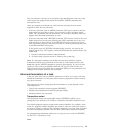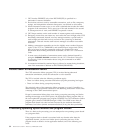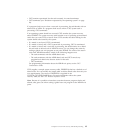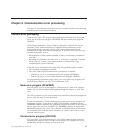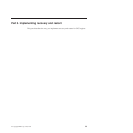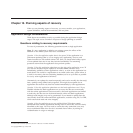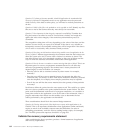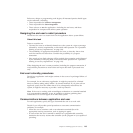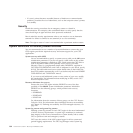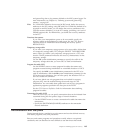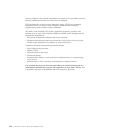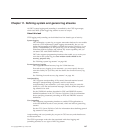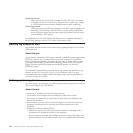
Chapter 10. Planning aspects of recovery
When you are planning aspects of recovery, you must consider your applications,
system definitions, internal documentation, and test plans.
Application design considerations
Think about recoverability as early as possible during the application design
stages. This topic covers a number of aspects of design planning to consider.
Questions relating to recovery requirements
For ease of presentation, the following questions assume a single application.
Note: If a new application is added to an existing system, the effects of the
addition on the whole system need to be considered.
Question 1: Does the application update data in the system? If the application is to
perform no updating (that is, it is an inquiry-only application), recovery and
restart functions are not needed within CICS. (But you should take backup copies
of non-updated data sets in case they become unreadable.) The remaining
questions assume that the application does perform updates.
Question 2: Does this application update data sets that other online applications access? If
yes, does the business require updates to be made online, and then to be
immediately available to other applications—that is, as soon as the application has
made them? This could be a requirement in an online order entry system where it
is vital for inventory data sets (including databases) to be as up-to-date as possible
for use by other applications at all times.
Alternatively, can updates be stored temporarily and used to modify the data set(s)
later—perhaps using offline batch programs? This might be acceptable for an
application that records only data not needed immediately by other applications.
Question 3: Does this application update data sets that batch applications access? If yes,
establish whether the batch applications are to access the data sets concurrently
with the online applications.If accesses made by the batch applications are limited
to read-only, the data sets can be shared between online and batch applications,
although read integrity may not be guaranteed. If you intend to update data sets
concurrently from both online and batch applications, consider using DL/I or DB2,
which ensure both read and write integrity.
Question 4: Does the application access any confidential data? Files that contain
confidential data, and the applications having access to those files, must be clearly
identified at this stage. You may need to ensure that only authorized users may
access confidential data when service is resumed after a failure, by asking for
re-identification in a sign-on message.
2. In the context of these questions, the term “data sets” includes databases.
© Copyright IBM Corp. 1982, 2010
101



